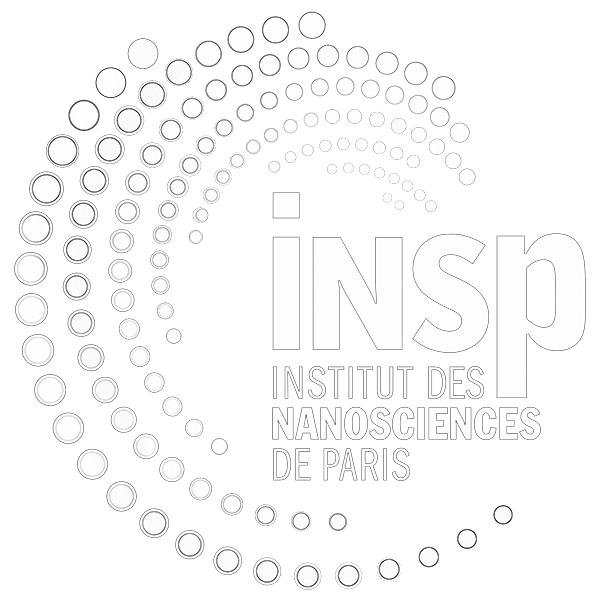Plasmonic cavities and coupling with fluorophores
Financement : ANR
Description :
Début : 2025
Fin : 2028
Doctorant.e :
Equipe(s) : Physico-chimie et dynamique des surfaces
Page des thèses de(s) l'équipe(s) : Physico-chimie et dynamique des surfaces
Etat de la thèse : Thèse proposée
Scientific description:
Already around 15 years ago, it has been shown that liquid crystal topological defects can be used to confine and organize nanoparticles. In particular, oriented chains of nanospheres or of tip-to-tip nanorods have been formed in unidimensional smectic defects, dislocations and disclinations [1]. The liquid crystal phase transitions occurring at low temperature, liquid crystals can provide temperature-activated assemblies of nanoparticles [2].
In this context, we propose to use oriented unidimensional smectic defects in order to build plasmonic cavities based on strictly facing gold (or silver/gold) nanorods or bipyramids in close contact. They will provide huge electromagnetic field enhancement in the cavity placed between the neighboring nanorods or bipyramids. We will study how to vary from weak to strong coupling between the plasmonic cavity and fluorophores specifically connected to the nanorods (or bipyramid) tips. A precise control of the surface chemistry of plasmonic nanoparticles within these one-dimensional assemblies will allow to achieve a milestone of nanophotonics: observing a strong coupling regime for multiple emitters with a plasmonic antenna, providing access to cooperative coherent emission processes at room temperature such as superradiance and superfluorescence
We will finally study the evolution of the coupling when temperature is increased in relation with the disappearing of the liquid crystal defects driven by the liquid crystal phase transition.
This study will pave the way for an activation of the coupling strength between nanoparticles actively tuned by the temperature. This would be a first step towards future optical devices based on strong or weak coupling between plasmonic cavities and fluorophores controlled by varying temperature.
[1] S.P. Do et al. Nano Letters 20 (2020) 1598, [2] H. Jeridi, Appl. Phys. Lett. 123 (2023) 203101
Techniques/methods in use: Preparation of hybrid sample with liquid crystal and
nanoparticles, optical measurement (spectrophotometry), structural measurement (AFM,
spectrophotometry….), numerical modelling
PHD location: Jussieu campus, Tower 22, 4th floor
Contact: emmanuelle.lacaze(at)insp.jussieu.fr

